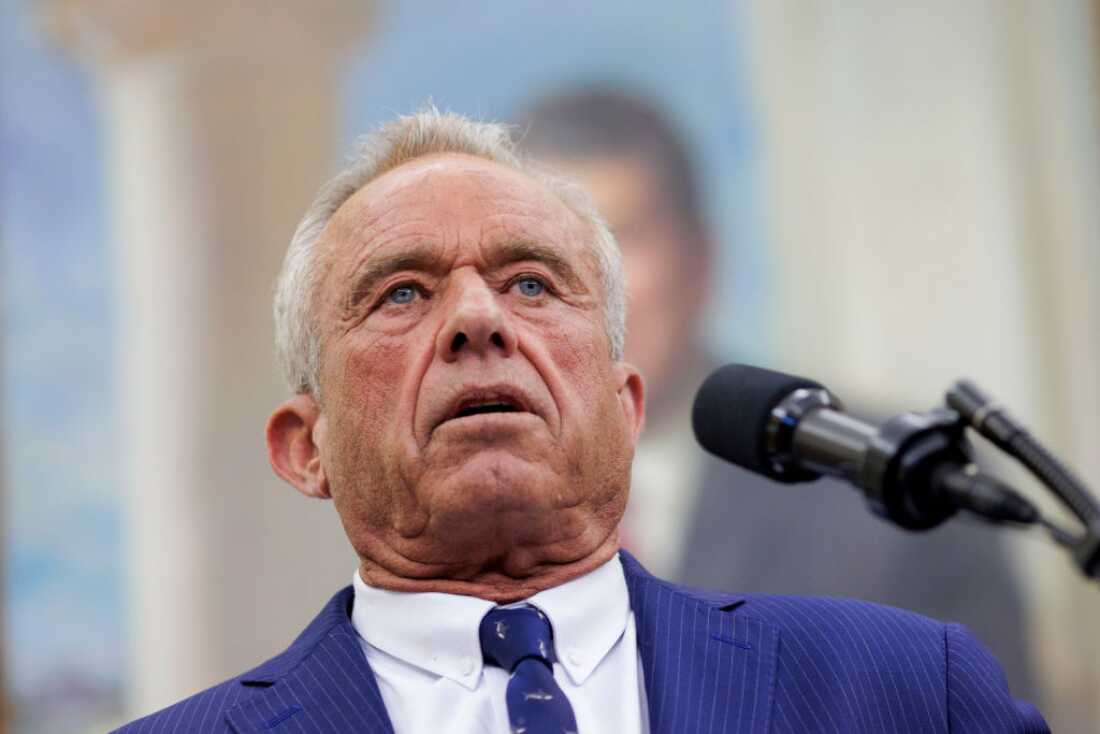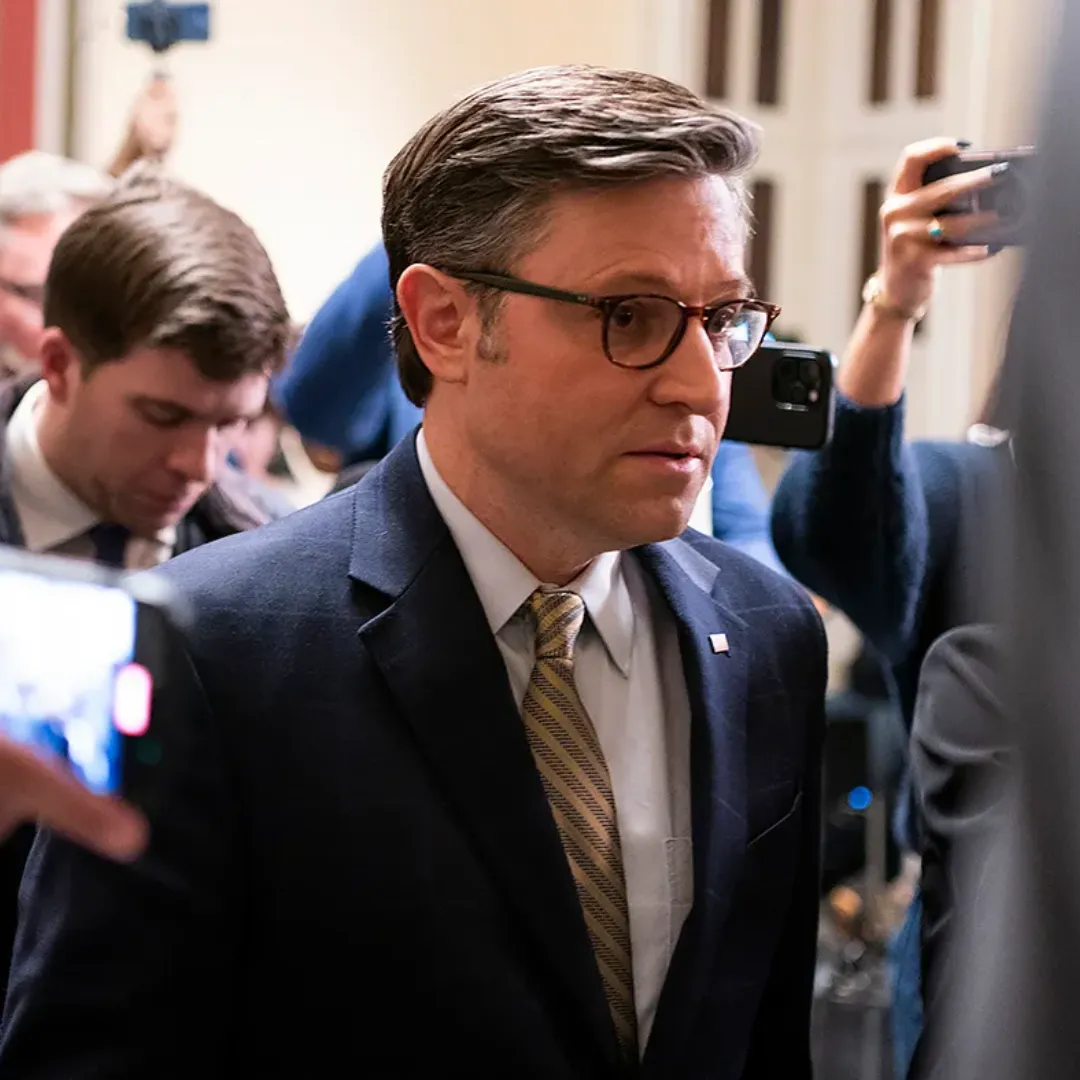In a surprising but perhaps inevitable shift, the U.S. Department of Health and Human Services (HHS) is now reversing course on some of the most drastic staffing cuts it had announced just weeks ago.
Secretary Robert F. Kennedy Jr. confirmed on Thursday that approximately 20 percent of the employees who were laid off in a sweeping government downsizing initiative will now be reinstated — the result of both public pressure and logistical challenges arising from the cuts.
The job reductions, initially framed as part of a major push for efficiency led by the newly established Department of Government Efficiency (DOGE), drew heavy criticism from both within and outside the federal government.
While intended to streamline bureaucracy and slash federal spending, the abrupt downsizing quickly exposed cracks in the system as crucial programs stalled or faced elimination entirely.
“We moved fast. Probably too fast in some areas,” Secretary Kennedy admitted during a press conference held outside HHS headquarters on Thursday. “Some programs that were cut, they’re being reinstated. Personnel that should not have been cut were cut. We’re reinstating them.”
The story began late last month when HHS announced its plan to reduce its workforce from 82,000 full-time employees to 62,000 — a 25 percent decrease. The plan involved laying off 10,000 workers while encouraging an additional 10,000 to exit through a buyout offer that included early retirement incentives and severance packages.
DOGE, the Department of Government Efficiency, had been pushing for a rapid overhaul of federal staffing in line with a broader White House directive to reduce spending and cut bureaucracy. Its directive was simple: streamline operations across the board, eliminate redundancies, and reallocate funds to high-impact areas.
While the intent was to increase efficiency and reduce government waste, the execution left much to be desired. Key programs at the Centers for Disease Control and Prevention (CDC) and the Food and Drug Administration (FDA) — agencies that handle everything from pandemic monitoring to food safety — were among the hardest hit.
In particular, a CDC program that monitored blood lead levels in children was abruptly suspended due to staffing shortages. Experts quickly raised alarm bells, warning that this could result in a spike in undetected childhood lead poisoning cases, especially in lower-income and underserved communities.
The backlash was swift. Health professionals, advocacy groups, and state health departments issued statements criticizing the cuts as reckless and short-sighted. Meanwhile, bipartisan pressure began mounting on Capitol Hill.
“This is not trimming the fat — this is cutting into the bone,” said one senator during a health committee hearing last week. “You can’t make the government more efficient by gutting the very agencies that protect our children’s health.”
Lawsuits followed, with several public health organizations challenging the legality of some layoffs and demanding an immediate halt to program suspensions.
According to internal sources, even some high-ranking officials within HHS had expressed concerns privately, warning that the rapid consolidation of programs and regions could lead to serious disruptions in services.
Now, just weeks after announcing the layoffs, Secretary Kennedy and the HHS leadership team are doing what appears to be a partial reversal. Approximately 2,000 of the 10,000 laid-off employees are expected to be reinstated in the coming weeks.
The reinstated roles will focus on programs that were deemed “critical infrastructure,” including child health surveillance, infectious disease monitoring, and food and drug safety inspection services.
Kennedy insisted that this was always part of the plan.
“Part of the DOGE — we talked about this from the beginning — is we’re going to do 80 percent cuts, but 20 percent of those are going to have to be reinstalled, because we’ll make mistakes,” he said Thursday. “This is that 20 percent.”
Still, many observers view the move less as a planned contingency and more as a necessary correction to a miscalculated rollout.
“They’re trying to save face,” said a former HHS official who requested anonymity. “This wasn’t a measured reorganization. It was chaos.”
As part of the overall restructuring, HHS has already merged its 28 internal divisions into just 15, while the number of regional offices has been slashed from 10 to 5. This means fewer touchpoints for states and local governments that rely on regional coordination for everything from disease tracking to emergency preparedness.
These changes, Secretary Kennedy argues, will save taxpayers up to $1.8 billion annually — money that can be reallocated to core services, new technologies, or national health emergencies.
“We’re trying to create a leaner, more agile HHS,” Kennedy said. “But agility doesn’t mean instability. When we make mistakes, we correct them. That’s what this is.”
Yet critics remain skeptical.
“Efficiency is not just about cutting jobs,” said Dr. Linda Shaw, a public health policy analyst. “It’s about creating systems that work better. You can’t do that if you cut too deep too fast without understanding the implications.”
The next few weeks will be crucial as HHS begins bringing back previously laid-off staff and re-establishing suspended programs. But questions remain about how long the damage will take to repair, particularly in communities that lost key health services.
Moreover, there’s a growing conversation about how to balance efficiency with effectiveness in public service. The DOGE approach — modeled after private-sector management techniques — may not fully translate in an environment where human lives, not just bottom lines, are at stake.
For the reinstated employees, the return offers a bittersweet moment. While many are grateful to get their jobs back, they return to an agency still grappling with uncertainty and change.
“I’m glad to be coming back,” said one reinstated CDC analyst. “But it’s been a rollercoaster. Morale is low, and a lot of people still feel shell-shocked.”
As the dust settles, one thing is clear: while bold reforms may grab headlines, the devil is always in the details — and in the people whose lives those details affect.
While the public saw the abrupt cuts as a top-down directive, the mood inside HHS has been far more nuanced. Many employees, even those not directly impacted by the layoffs, described an atmosphere of confusion, stress, and uncertainty in the weeks following the initial announcement.
“It felt like the rug was pulled out from under us,” said a longtime FDA program coordinator who asked to remain anonymous. “One day we’re told we’re doing important work. The next, we’re told it’s redundant. Then we’re told we’re coming back. How do you rebuild trust after that?”
Others expressed concern that the political messaging around efficiency overshadowed the human cost of the decision.

“It wasn’t just about numbers,” said a CDC epidemiologist based in Atlanta. “We lost institutional knowledge. We lost people who had been here for 20, 30 years — people who trained entire departments.”
For some, the reinstatement is little comfort.
“I already accepted another job,” said a former HHS grant analyst who was offered reinstatement last week. “They told me I could come back — same pay, same position — but I don’t know if I want to go through that kind of uncertainty again. It’s hard to feel valued when your job is treated like a toggle switch.”
Despite the setbacks, DOGE — the Department of Government Efficiency — remains committed to its mission. Spokespersons from DOGE reiterated Thursday that “course correction is a sign of good governance,” not failure.
“The restructuring across agencies was never meant to be perfect,” DOGE Director Angela Montrose said in a televised interview on Friday. “It was meant to be bold, agile, and open to revision. We’re responding to what we’ve learned. That’s how a dynamic government works.”
DOGE has already completed similar streamlining efforts at the Department of Agriculture, the Department of Transportation, and the Environmental Protection Agency. In each case, some positions have been restored following community and legal pressure — a pattern that critics say reflects poor planning rather than flexibility.
Still, proponents argue that without DOGE’s influence, bloated bureaucracies would continue unchecked.
“It’s uncomfortable, sure,” said Carl Hanley, a former federal economist and now a senior fellow at the Fiscal Policy Institute. “But you don’t fix a system by tiptoeing around it. The challenge is doing it fast and smart — and that’s where the balance is off right now.”
The broader impact of the HHS cuts and partial reversals is still unfolding. Advocacy groups are closely monitoring whether critical services can be restarted in time to avoid long-term harm — particularly in communities that rely heavily on federal support.

One such example is Flint, Michigan — a city still recovering from its water crisis and dependent on CDC lead-monitoring programs. After the cuts, the local health department reported a noticeable drop in childhood screenings.
“It’s not just about reinstating staff,” said Jenna Ortiz, a community health organizer in Flint. “There’s a trust gap now. People want to know if these services will still be there tomorrow. Consistency matters.”
The issue also stretches beyond health. Internal agency reports suggest that data collection, emergency readiness, and inter-agency communication all took a hit during the restructuring.
“If a pandemic happened tomorrow, we’d be less prepared than we were a year ago,” said an anonymous emergency response coordinator at HHS. “That’s not fear-mongering — that’s the reality of losing experienced people and compressing decades of systems into a few weeks of restructuring.”
With thousands of employees now returning to work and suspended programs slowly restarting, HHS faces a long road to recovery — not just operationally, but culturally.
Secretary Kennedy acknowledged this during his remarks, pledging to hold a series of “listening sessions” with reinstated employees and agency leaders over the next two months. He also announced the formation of a review board to assess the impact of the cuts and prevent similar disruptions in the future.
“This isn’t just about numbers on a spreadsheet,” Kennedy said. “It’s about people, it’s about public service, and it’s about getting it right.”
While the DOGE model continues to reshape the federal workforce, it’s clear that such sweeping changes carry real-world consequences — and that even the most well-intentioned efficiency campaign needs flexibility, humility, and human consideration.

As for the workers returning to their posts, there’s a mix of relief and cautious optimism.
“I still believe in what we do,” said the reinstated CDC analyst. “But I hope they remember this moment the next time someone calls for a ‘clean slate.’ Sometimes the old slate had a lot of wisdom written on it.”






